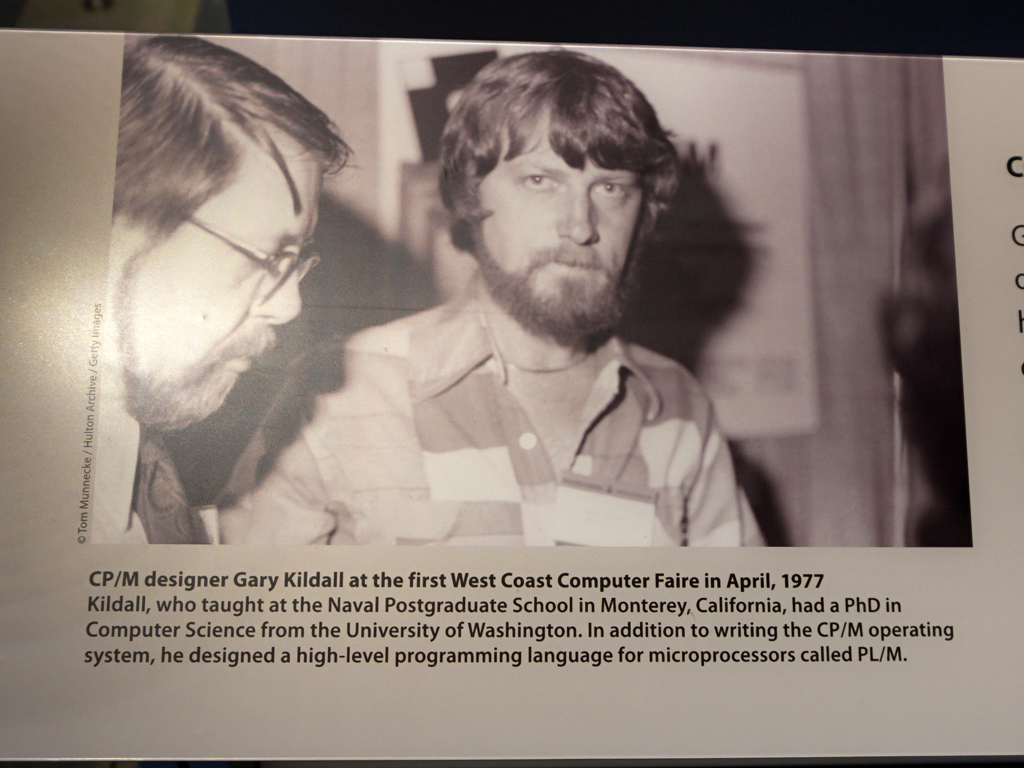Computer History: From The Antikythera Mechanism To The Modern Era
In this article, we shed light on the most important moments in computer history, acknowledging the people that have contributed to this evolution.
Commodore 64 And CP/M
The Commodore 64, or C64, was the successor to the VIC-20, and is the most widespread computer ever built, with more than 25 million units sold worldwide. What's remarkable about the C64 is that it was initially designed as a video game console, however later Commodore decided to release it as a computer. Judging from the huge sales, the company made the right call.
C64 was introduced to the market in August 1982 and it was in production until April 1994. This is remarkable for a computer! The Commodore 64 used an 8-bit 6510 MOS CPU, which was clocked at 1.02 MHz (in the NTSC version), and the RAM and ROM had 64 KB and 20 KB capacity respectively. In addition, C64 used dedicated integrated circuits for its sound and graphics and a plain tape recorder for for data/application loading. However, an optional disk drive was also available for faster read times.
Like many home computers of this era, the C64 could be connected to any TV, since computer monitors in the 1980s were very expensive.
About 10,000 software applications were developed for the C64, and they covered a wide range of games as well as specific office applications and software development tools. The operating system was developed by Commodore and was called KERNAL. In 1985, shortly before the release of the Amiga computer, the C128 was introduced, which was an upgraded version of the C64, featuring a faster CPU, 128KB of RAM and a new operating system, the CP/M 3.0.


The Control Program for Microcomputers or CP/M as it was widely known, was initially created by Gary Kildall of Digital Research for Intel 8080/8085 CPUs. At first, it was a single-task OS supporting only 8-bit CPUs, however, it evolved into a multi-tasking OS (multi-user DOS) supporting 16-bit CPUs as well.
IBM approached Digital Research in order to use CP/M for its new Personal Computer; however the deal went south so IBM closed an agreement with Microsoft instead. The MS-DOS operating system quickly dominated the market leaving CP/M behind. In order for CP/M to survive, future versions of the OS (CP/M-86) became compatible with the rival OS and its name changed as well to DOS Plus and DR-DOS afterwards. The latest DR-DOS version (7.01.08) was released in July 2011. Probably many of you have used a DR-DOS version in order to flash a new firmware to a VGA.
MORE: Best Cases
Get Tom's Hardware's best news and in-depth reviews, straight to your inbox.
MORE: All Case Content
Current page: Commodore 64 And CP/M
Prev Page ZX SPECTRUM: The Home Computer Era Begins Next Page Amstrad 464, 664 And 6128
Aris Mpitziopoulos is a contributing editor at Tom's Hardware, covering PSUs.
